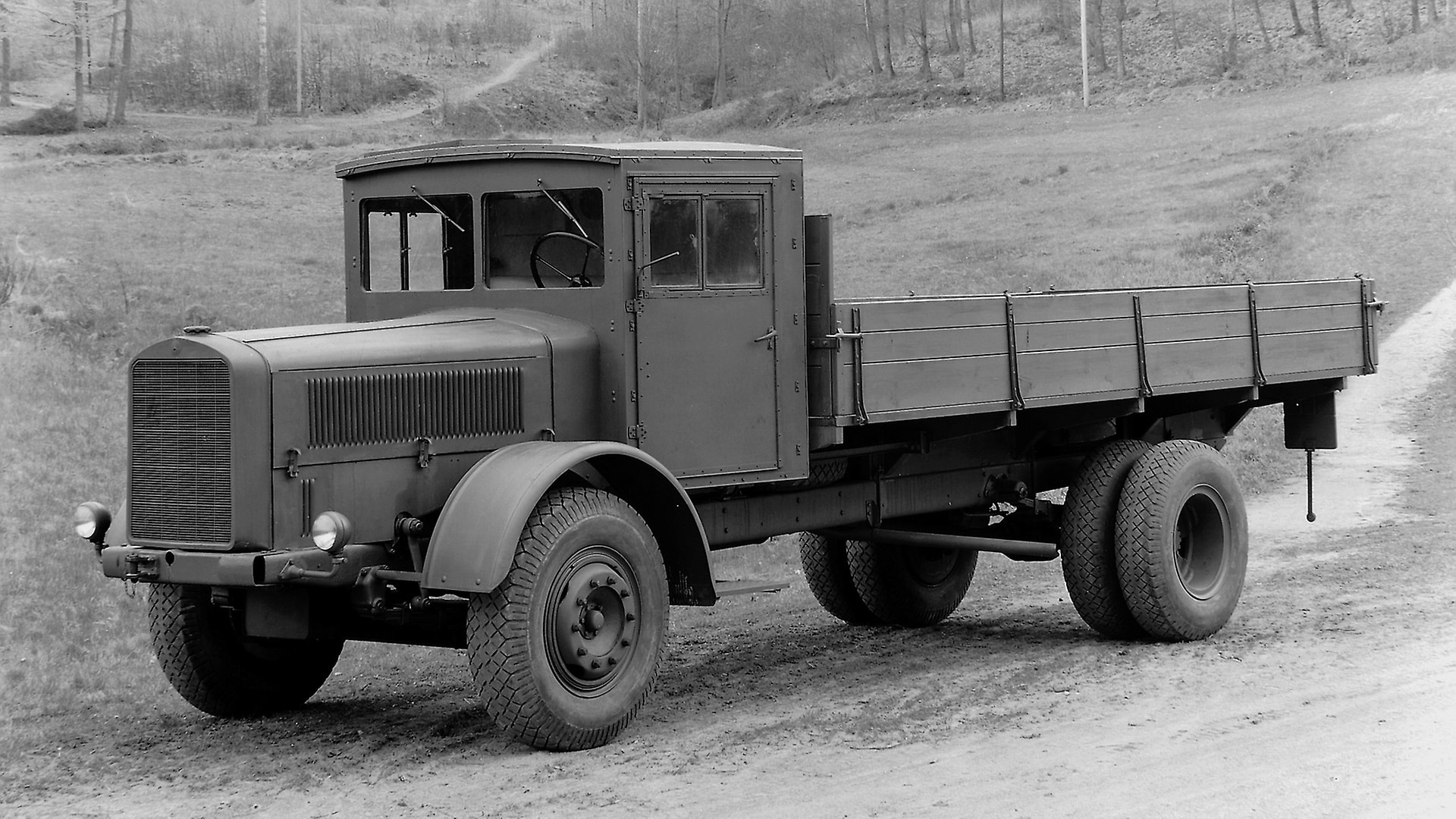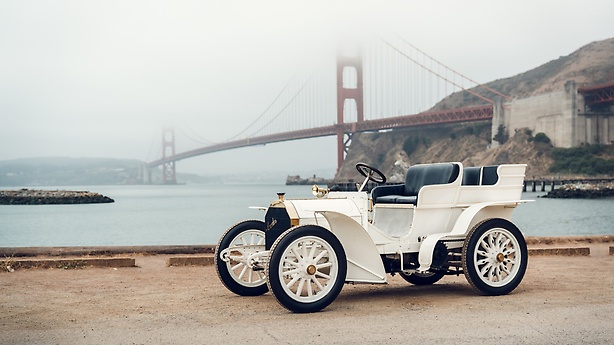The international network which had previously been in place was destroyed as a result and the company had to begin rebuilding it. In addition, Daimler-Benz had to relinquish unsettled claims against the state.
And so in 1945 the company was reduced to its four original southern German plants Untertürkheim, Sindelfingen, Mannheim and Gaggenau as well as Berlin-Marienfelde and the company-owned West German outlets.
Daimler-Benz thus found itself back in the position it had been in before the National Socialists came to power. At the beginning the Untertürkheim plant operated mainly as a repair facility for US military vehicles. The denazification of the top management led to fundamental changes in the make-up of the Board of Management. Even before the German capitulation, Otto Hoppe, who had to leave the Board on the insistence of the Nazis in 1942 because of his Jewish wife, had been reappointed to the Board on 1 May 1945.
,xPosition=0,yPosition=0.5)


,xPosition=0.5,yPosition=0)
,xPosition=0.5,yPosition=0)
,xPosition=0.5,yPosition=0)